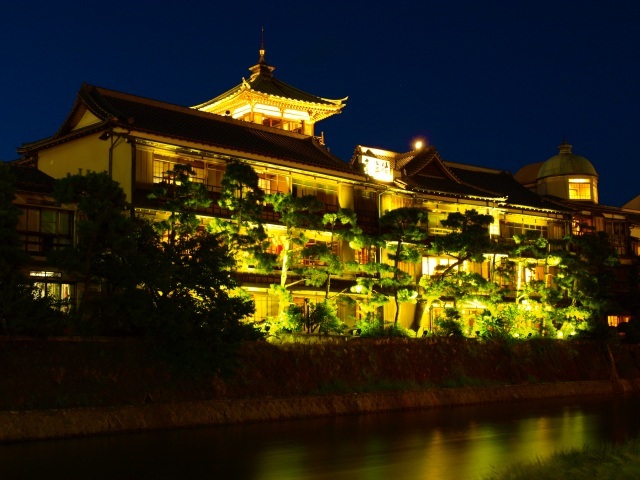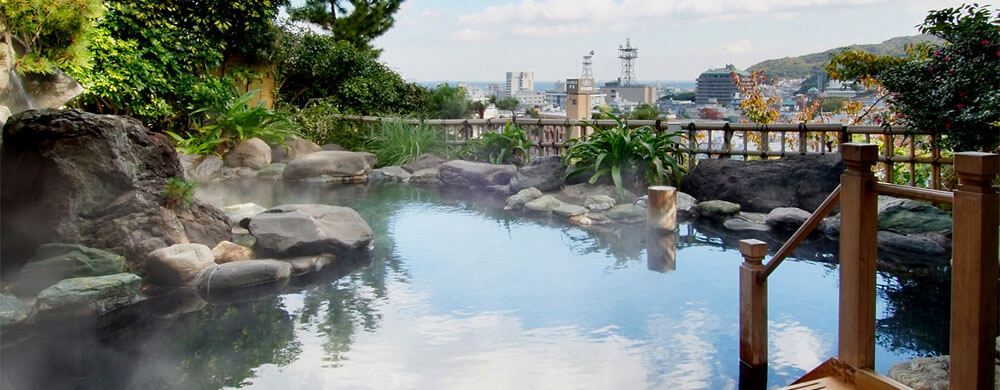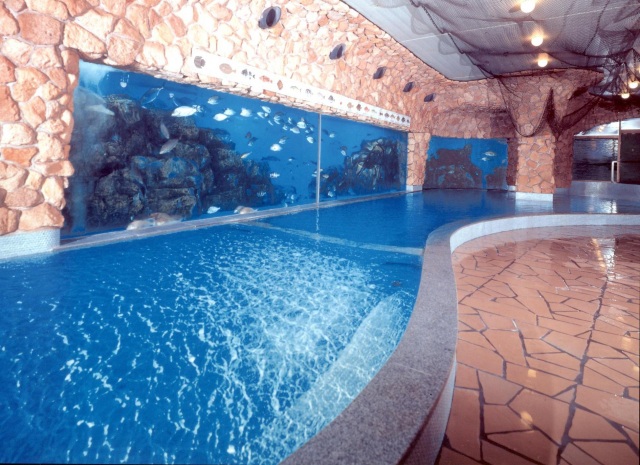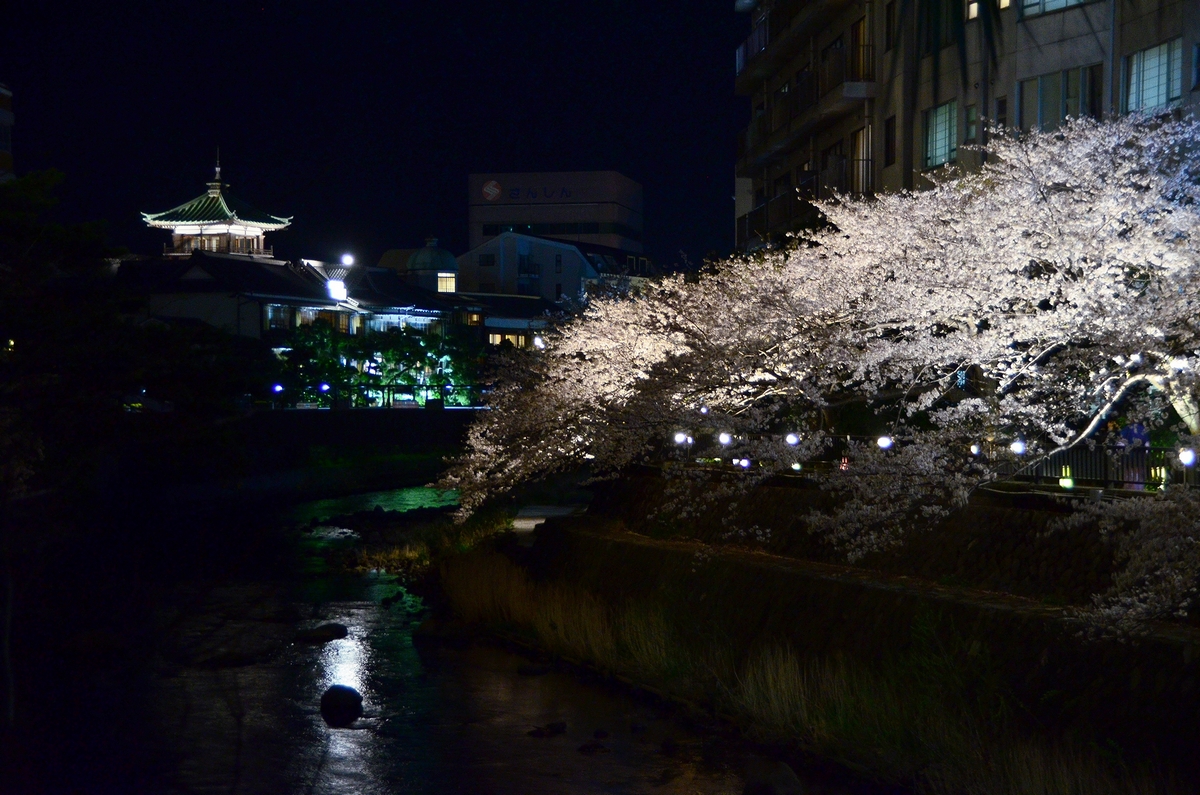Ito Onsen History and Influence
Like many destinations away from Japan’s heavily traveled “Golden Route” (Tokyo, Kyoto, Osaka), Japan’s Izu Peninsula is off the beaten path for international tourists. For domestic tourists, a very well beaten path leads to Izu and Ito Onsen and has for more than a thousand years. That’s good news for those looking to explore Izu because it means we have a well developed tourism infrastructure with lots of hotels, ryokan, pensions, restaurants, museums, and activities.
Jimmy’s Izu Blog is here to introduce the charm of Izu that you won’t find in typical tourist guides. We even show you places domestic tourist know little about. Here you’ll learn about the new and the old Izu, the one that’s been here for thousands of years. We tell the stories of its people and places, but remember, it’s only an introduction. To know Izu, you need to come and experience it yourself.
Origins of Ito Onsen
The city of Ito is the largest city on the Izu Peninsula in Shizuoka Prefecture. It is a well known tourist destination among Japanese people because of its many onsen (hot springs). In fact, there are over 750 sources of onsen water in Ito, which has the the third highest output in all of Japan.
The history of Ito Onsen dates back well over a thousand years. According to legend, the onsen were discovered during the Nara period (710 to 794) by a group of hunters pursuing a white deer in the mountains near Ito. The hunters noticed steam rising from the ground and followed it to a pool of hot water and they soon came to cherish its therapeutic properties.
Legend aside, Ito Onsen gained real renown during the Heian period, when the famous poet Ariwara no Narihira (825-880) visited. Narihira was traveling through the region when he happened upon Ito’s onsen waters. He was so taken by their beauty and healing properties that he composed several poems about them, which helped to popularize the area and attract visitors.
Over the centuries, Ito Onsen continued to attract tourists from all over Japan. In the Edo period (1603-1868), they became especially popular among samurai and other members of the ruling class.
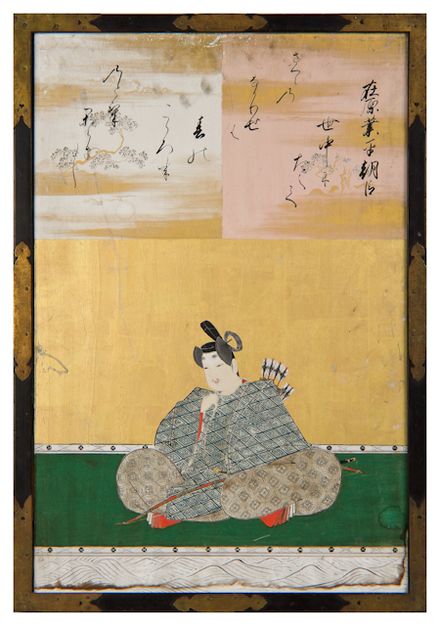
Artistic Inspiration
Ito has also been a source of inspiration for many writers and artists. Here are a few examples:
As mentioned earlier, the famous Japanese poet Ariwara no Narihira is believed to have visited Ito. Thirty of Ariwara no Narihira’s poems were included in the Kokinshu, one of Japan’s earliest anthologies of poems. The introduction describes him as one of Japan’s six poetic geniuses. Ariwara no Narihira wrote about Ito Onsen in his collection of poems known as “Ise Monogatari” (The Tales of Ise).
Yasunari Kawabata : The 1968 Nobel Prize-winning Japanese author Yasunari Kawabata is well known for his love of the Izu Peninsula. He spent time in Ito, he wrote about the town’s onsen in his novel Yama no Oto (The Sound of the Mountain).
Mori Ogai: The Japanese author Mori Ogai also spent time in Ito and wrote about the town’s onsen in his novel “Maihime” (The Dancing Girl).
Katsushika Hokusai: The famous Japanese ukiyo-e artist Katsushika Hokusai created a series of prints featuring the onsen of Ito, which are still highly prized by collectors today.
Utagawa Hiroshige: Another famous Japanese ukiyo-e artist, also created a series of prints featuring Ito’s onsen.
Ishikawa Toraji: The Japanese painter Ishikawa Toraji spent much of his life in Ito and was known for his depictions of the town’s natural beauty, including its onsen.
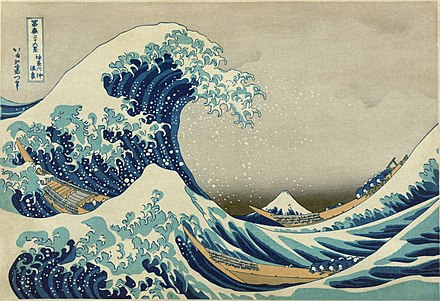
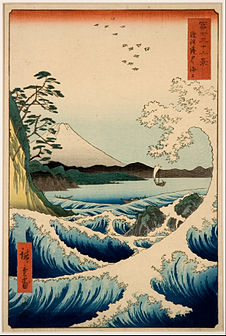
Japan’s military also used Ito Onsen for relaxation and recovery. Gonnohyoe Yamamoto, a famous general in the Imperial Japanese Army (not the Yamamoto of Pearl Harbor fame), often stayed at one of Ito’s most famous ryokan, the Tokaikan, which was known for its luxurious accommodations and beautiful gardens. The Tokaikan is no longer a working ryokan, but it has been preserved by the city and is open to the public.
Yamamoto helped boost the area’s reputation as a destination for high-end tourism. His presence also attracted other famous visitors to Ito’s onsen, including politicians, business leaders, and members of the Japanese imperial family. As a scholar and a patron of the arts, Yamamoto’s patronage helped support many of the cultural institutions that still thrive in Ito today.
During World War II, Ito was home to a number of military hospitals, which were set up to care for wounded soldiers. Many of these hospitals utilized the reputed healing properties of the area’s onsen to treat soldiers who had been injured in battle. The hot water and minerals in the springs helped to promote healing and reduce inflammation, and the peaceful surroundings of Ito provided a restful environment where soldiers could recover from their injuries.
Seven Lucky Gods
A fun way to learn about Ito Onsen is to try the “Ito Seven Lucky Gods Onsen Course“, where a statue of each of the Shichi-Fuku-Jin (seven lucky gods) stands outside a different municipal onsen. It is said that if one visits all seven, he or she will be rid of seven disasters such as water, fire, theft, etc, be protected in life and property, and be blessed with seven fold good fortune. It may not be feasible to visit all seven in a day, so be sure to plan a stay.
Visit Ito!
Ito Onsen has a rich and fascinating history, dating back over a thousand years. It has played an important role in the area’s culture and economy, attracting visitors from all over Japan and the world. From the earliest discovery by the famous poet Ariwara no Narihira, to its popularity among samurai and other members of the ruling class, to their modern-day reputation as a health and wellness destination, Ito Onsen has stood the test of time and continues to be a major attraction.

